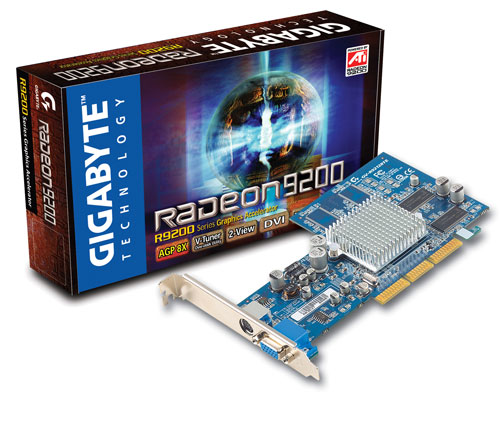How To Fix Windows Error 10 – Driver Errors
Windows Error 10 typically appears when viewing device manager, or when your PC interacts with a certain piece of hardware. The error 10 message is caused by device manager (Windows) either not recognizing a piece of hardware, or the driver relating to that particular piece of hardware not starting correctly. The way to resolve this error is to first update any drivers and then clean out various problems inside your system.
What Causes Error 10?
The error message will show as:
This device cannot start. (Code 10)
This error message will typically appear in device manager. To find out whether you are receiving this error message, go to device manager and look for hardware with a yellow triangle with an exclaimation mark next to it. This will indicate to you that the hardware is faulty. Go to the properties of this hardware and look for the error code; if it is the same as above then you can read on to determine how to solve this problem.
The main cause of this problem are the drivers associated with the hardware. The steps to resolving Error 10 are: Update Windows drivers; update any third party drivers; update to the latest service pack or clean out the registry with an effecient registry cleaner.
How To Fix Error 10
Step 1 – Update Windows To Update Your Drivers
Windows Update continually updates your PC with the latest software and drivers. It is always recommended you keep your operating system up to date as it is always evolving and it is to make sure your system maintains integrity with the latest software. You can update your PC & drivers here.
Windows scans your PC’s hardware and checks to see if you are running the latest drivers. It will offer you suggestions on which drivers need updating and you can download and update them there. You must run Windows Update at least once a week to make sure your PC is always updated.
Step 2 – Update Any Third-Party Drivers To The Latest Version
Some third-party drivers may not be available over Windows Update. These are the drivers that could be causing Error 10 to appear. To update any third party drivers, diagnose which hardware needs to be updated, using the method mentioned before, note the manufacturer and the model number of the hardware in question. Visit the manufacturers website and search for the latest drivers for that particular hardware.
Outdated drivers can be erroneous as they may not be compatible with new software that is being developed. They may not either be compatible with the latest updates from Microsoft for Windows and so it is important to keep them updated.
Step 3 – Update To The Latest XP Service Pack
Microsoft have released various service packs for their operating systems. This is because there are a large magnitude of updates that are continually being released, but the service pack bundles them into a simple package that can be used to update your operating system to the latest version. Having an older version of XP can cause the Error 10 to appear, so it is important to install the latest XP service pack. You can update Windows XP here.
Step 4 – Clean Out The Registry
The “registry” is a central database which Windows uses to store information, settings & options for your entire system. It’s basically like a library that Windows can use to open various files & settings that it needs to recall each time you use your system. Unfortunately, the registry is also one of the biggest causes of problems for the typical Windows system, as it’s continually being saved incorrectly. This not only causes your PC to take longer to read the files it requires (making it run slower), but it may also cause a series of unrelated issues, with the likes of drivers & hardware of your system. In order to repair this part of your PC, it’s highly recommended you use a “registry cleaner” program to scan through your system and fix the errors it has. You can see our top recommended registry tool below:


